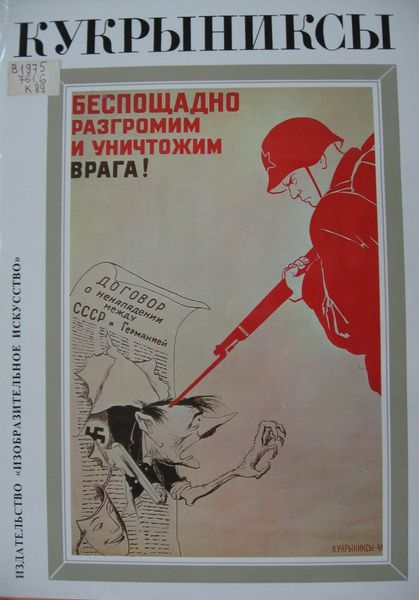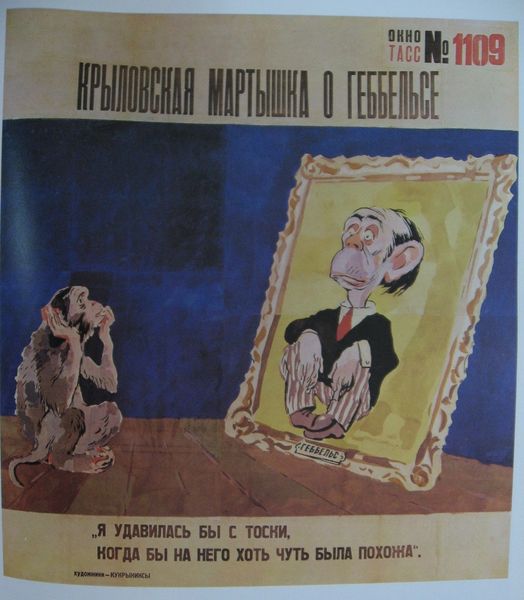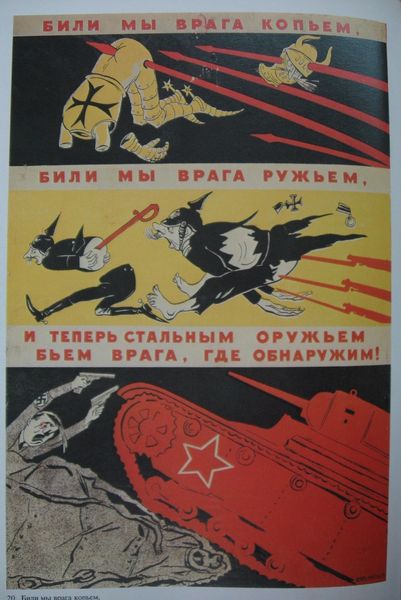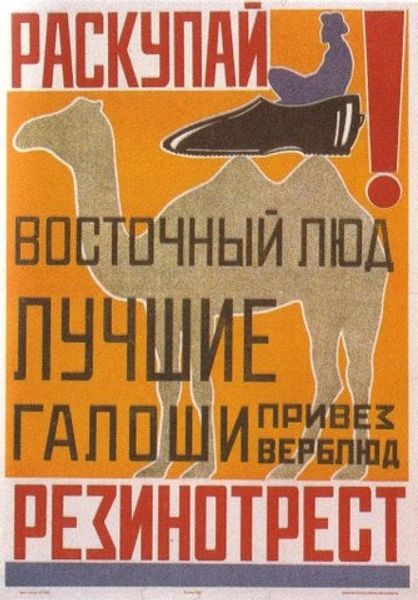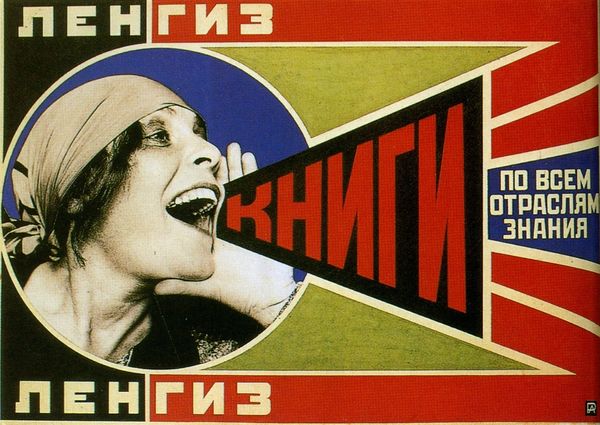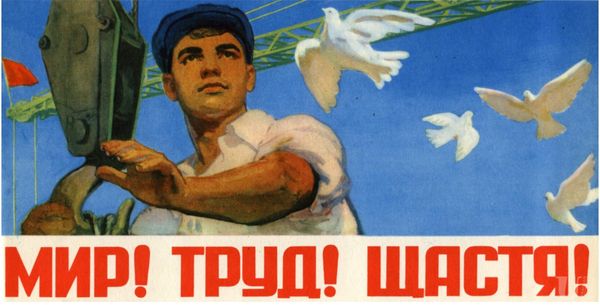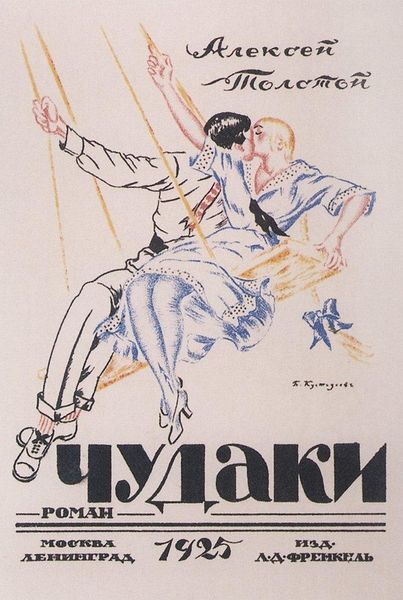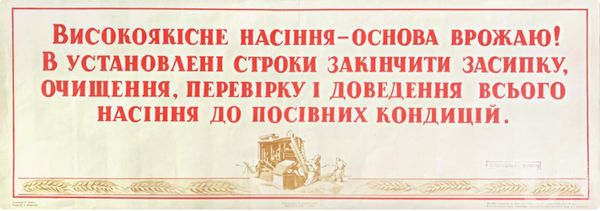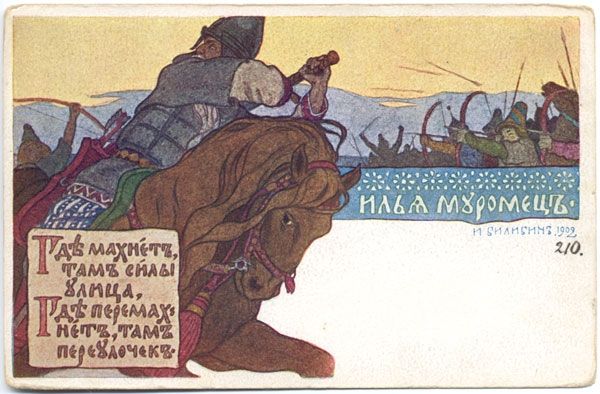
graphic-art, print, typography, poster
#
graphic-art
#
art-nouveau
# print
#
caricature
#
typography
#
symbolism
#
poster
Dimensions: 70 x 102 cm
Copyright: Public domain
Editor: This is Léon Bakst’s "Big Philanthropic Puppet Bazaar, St. Petersburg," created in 1899. It looks like a print, a poster maybe. There’s a melancholy feeling about it – the slumped puppet being cradled… I'm curious, what do you see when you look at this piece? Curator: As a materialist, my eyes are drawn to the processes behind its creation and distribution. It’s not just an image, but an advertisement, likely mass-produced to generate funds for a specific social cause, the city's maternity shelters. Consider the lithographic process involved in creating the print; the choices of specific paper, ink and lettering. It speaks volumes about the intended audience and the infrastructure of charity in Tsarist Russia. Where were posters like this displayed? What impact would this have on consumers? Editor: So, beyond just the image itself, you're looking at its function as a form of advertising. The use of the child figure in the print and its mass production could suggest an effort to emotionally appeal to many potential patrons of different social and financial backgrounds. Curator: Precisely! The artist isn’t just presenting an image but orchestrating a call to action, commodifying a symbol of care and childhood for fundraising. This "Bazaar" itself is interesting to consider as a point of labor; who is manufacturing these puppets, and for what purpose? By questioning these circumstances, we reveal so much about class structure, the role of women's labor and economic conditions of the time. The artistic intention here also challenges conventional understandings of “fine art.” What, then, does the blending of fine art and commodity reveal about changing conceptions of art, authorship, and commercial exchange in turn-of-the-century St. Petersburg? Editor: I didn't initially consider the full material process, including the puppet-making itself as part of the overall artwork. It highlights how artworks, especially something seemingly simple like this poster, are deeply connected to a web of social and economic relations. Curator: Absolutely! By examining the materiality, production, and consumption surrounding “Big Philanthropic Puppet Bazaar”, we move beyond formal aesthetics into understanding its historical and cultural weight.
Comments
No comments
Be the first to comment and join the conversation on the ultimate creative platform.


